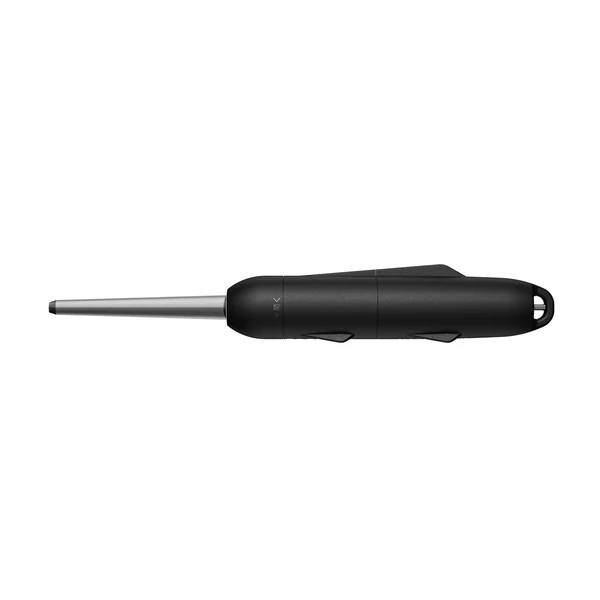When it comes to freshwater fishing, understanding the nuances between crankbait and jerkbait can significantly enhance your fishing experience. Both types of lures have unique characteristics that cater to different fishing conditions and target species. This article delves into the crankbait vs jerkbait debate, providing insights that can help you make informed decisions on your next fishing trip.

What is Crankbait?
Crankbait lures are designed to mimic the swimming action of baitfish. They are typically made of hard plastic and come in various shapes and sizes. Crankbaits are effective for covering large areas of water quickly, making them ideal for locating fish. Their diving depth can vary based on the design, allowing anglers to target fish at different depths.
Key Features of Crankbait
- Action: Crankbaits have a wobbling action that attracts predatory fish.
- Diving Depth: They can be shallow or deep divers, depending on the model.
- Retrieve Speed: They are best used with a steady retrieve, allowing the lure to maintain its action.
What is Jerkbait?
Jerkbait lures, on the other hand, are designed to imitate injured or fleeing baitfish. They are often slender and can be either floating or sinking. The effectiveness of jerkbaits lies in their erratic action, which can provoke strikes from fish that are otherwise uninterested.
Key Features of Jerkbait
- Action: Jerkbaits are known for their darting motion when retrieved with sharp jerks.
- Versatility: They can be used in various water conditions, including clear and stained waters.
- Retrieve Technique: A stop-and-go retrieve is often effective, mimicking the behavior of injured prey.
Crankbait vs Jerkbait: When to Use Each
Choosing between crankbait and jerkbait often depends on the fishing conditions and the behavior of the fish. For instance, if you are fishing in warmer months when fish are more active, crankbaits can be highly effective. Conversely, during colder months or when fish are less aggressive, jerkbaits may yield better results.
"Understanding the behavior of fish in relation to water temperature and clarity can greatly influence your choice between crankbait and jerkbait."
Conclusion: Making the Right Choice
In summary, both crankbait and jerkbait have their unique advantages and applications in freshwater fishing. By understanding the differences and knowing when to use each type, you can enhance your fishing success. Whether you prefer the steady action of a crankbait or the erratic movement of a jerkbait, both lures can be valuable tools in your fishing arsenal.
For those looking to purchase quality lures, consider checking out the crankbait collection or the jerkbait selection available online.
References








